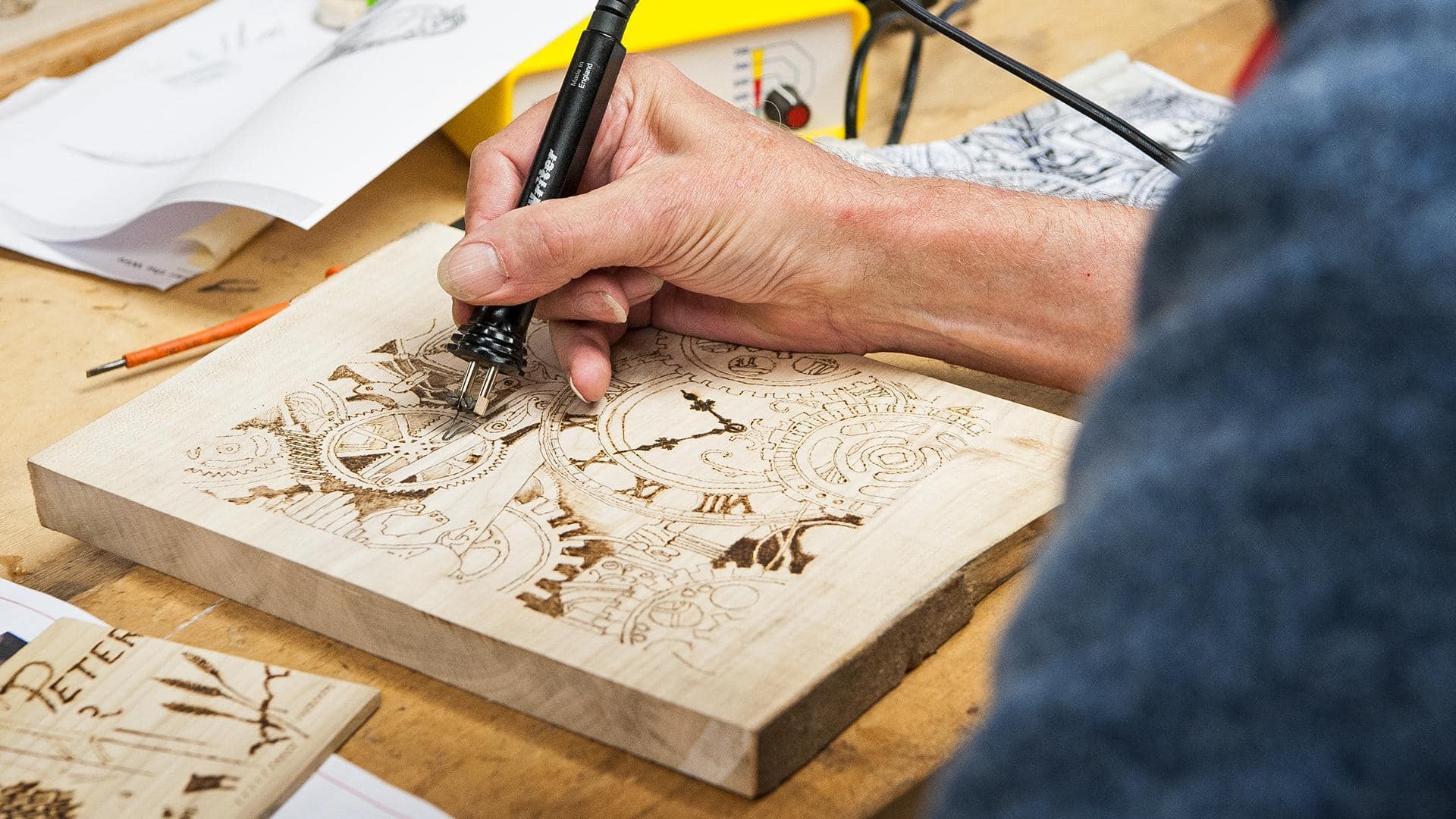
What is pyrography? How to practice it?
What's the story
Pyrography, commonly known as wood burning, is an ancient art of decorating wood (or other materials) with burn marks. It involves using a heated tool for creating designs, patterns, and even images on surfaces. Practiced for centuries around the world, it remains popular owing to its distinct aesthetic. The process is precise and patient, but provides infinite creative options to artists of all skill levels.
Essential tools
Tools required for pyrography
To start with pyrography, you'll need some basic tools. The main instrument used in this art form is a pyrography pen or tool. These pens are equipped with interchangeable tips, enabling artists to create different textures and effects. Sandpaper is also required to prep the surface before burning. Safety gear like gloves and masks are also advisable to shield from heat and fumes.
Material selection
Choosing the right material
Choosing the right material is critical in pyrography. Wood is the most popular option, as it is easily available and easy to work with. Softwoods such as pine are the best for beginners since they burn easily at lower temperatures. However, hardwoods can provide more intricate results but require higher heat settings. Other materials like leather or paper can also be used but may require specific techniques.
Burning techniques
Techniques in pyrography
There are a number of techniques used in pyrography that artists can experiment with. Shading entails applying different pressure on the tool to add depth and dimension to designs. Stippling utilizes dots instead of lines for texture effects, whereas hatching uses parallel lines to shade. Mastering these techniques gives artists more control over their work's final appearance.
Beginner tips
Tips for beginners in pyrography
For the beginners of pyrography, starting with simple designs works wonders in building confidence for complex projects. Practicing on scrap pieces allows to experiment without the fear of ruining valuable materials or finished works-in-progress. Mistakes occur less often when working slowly instead of rushing through tasks too fast; patience pays off!